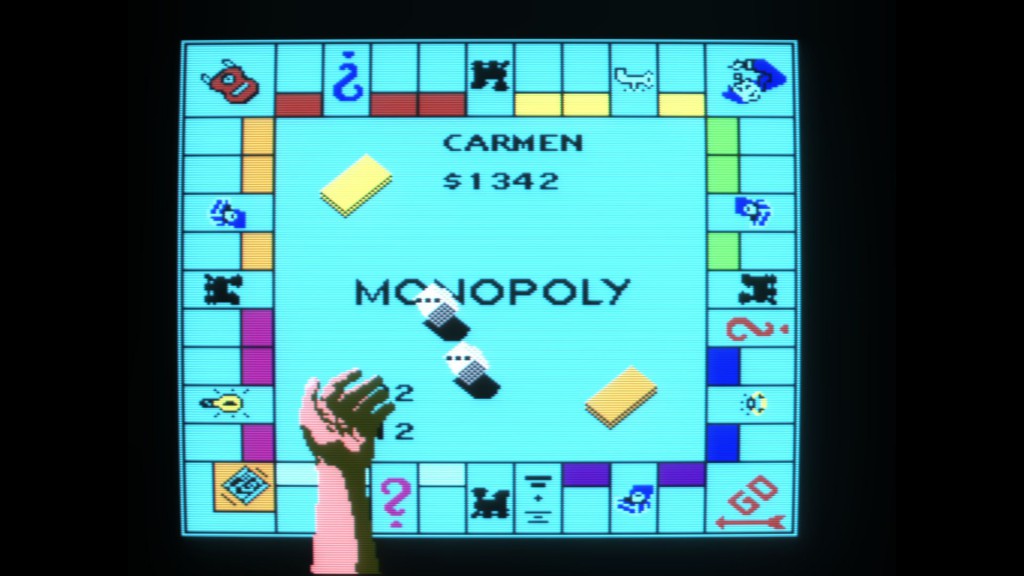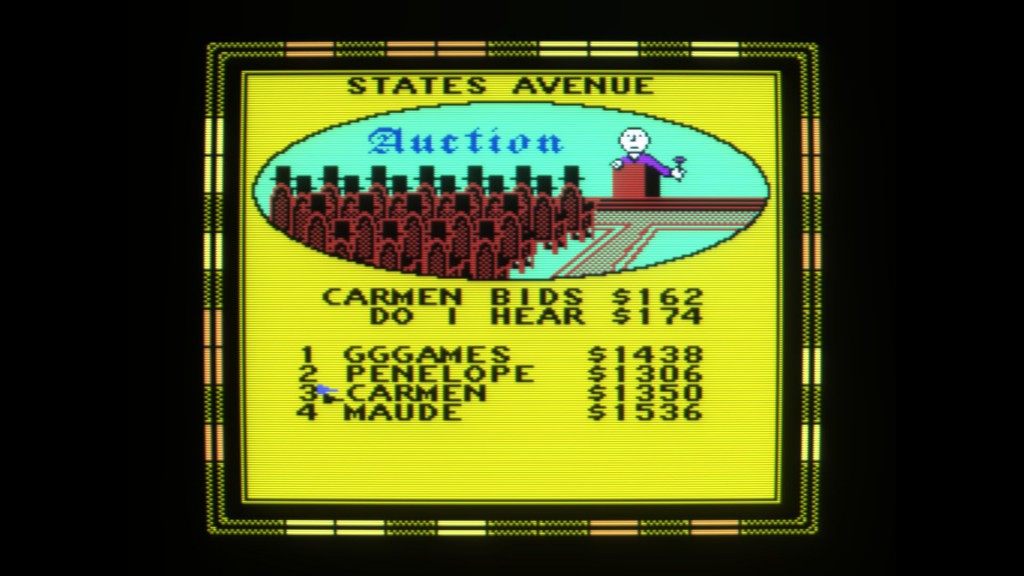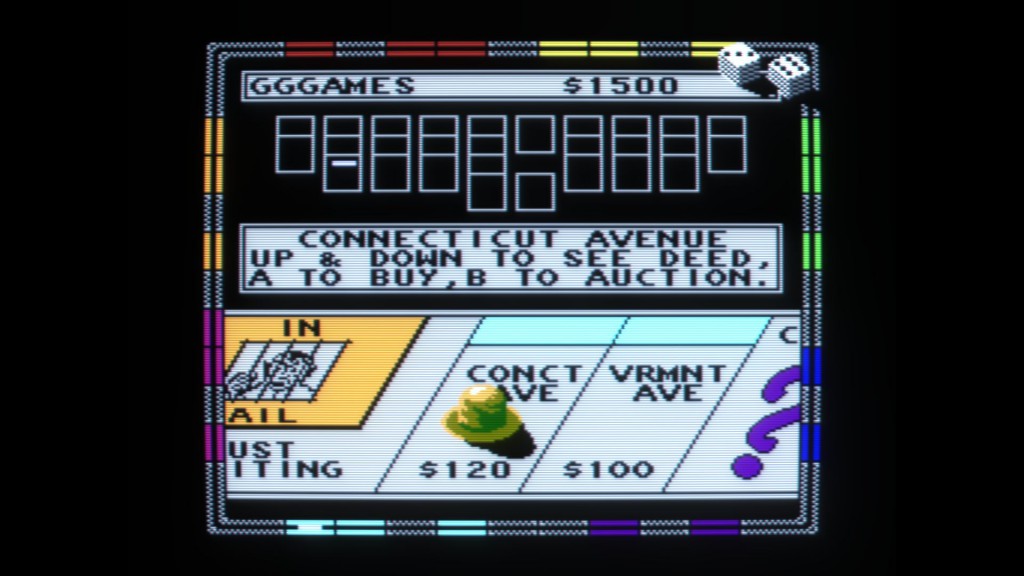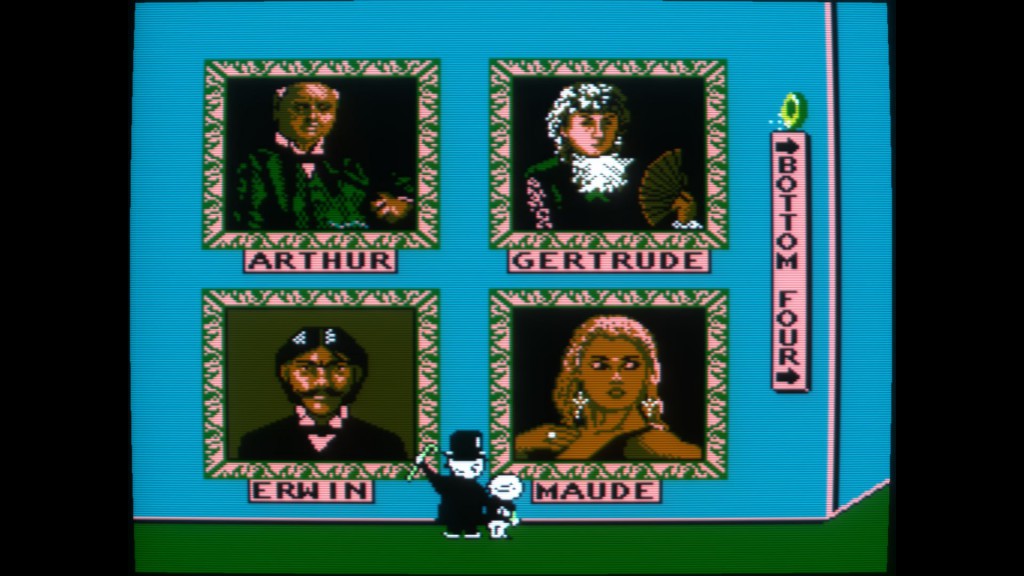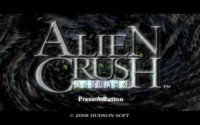Monopoly Review
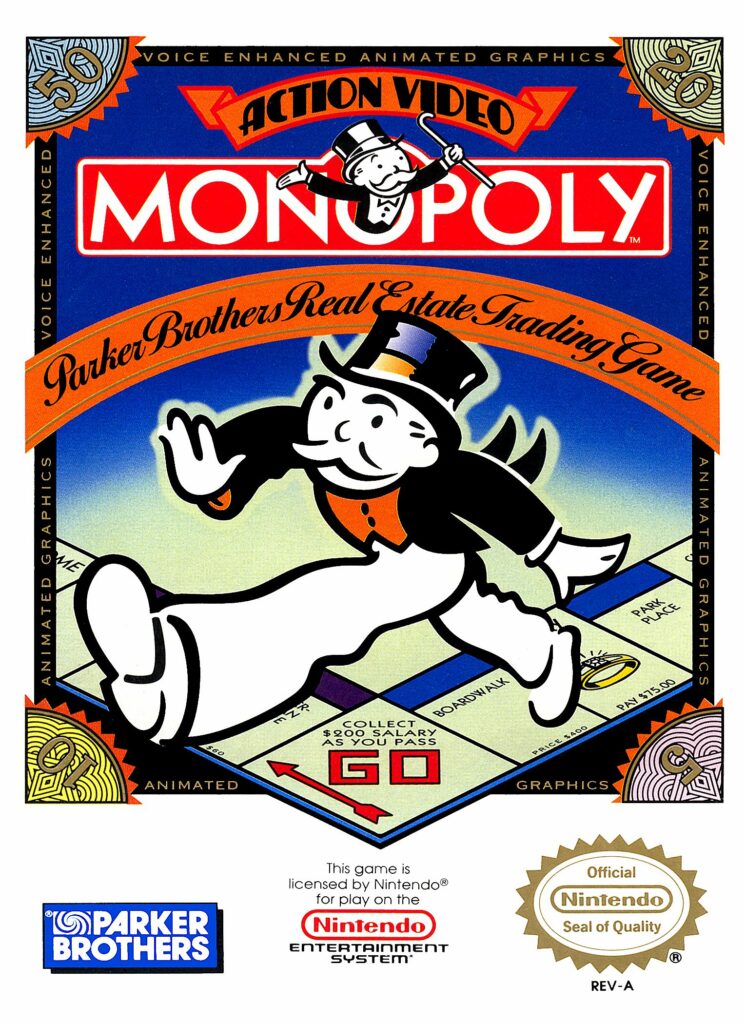
Live the entrepreneur life by selling, trading and buying property in this classic strategy game.
Introduction
Monopoly – the board game is a classic game where millionaires, wealthy widows, hustlers and all kinds of entrepreneurs buy, sell and trade property in order to become the wealthiest person around. Will you be the one to make the best deals or will you end up bankrupt in the gutter?
The Game
This is a video game version of the classic strategy board game Monopoly originating from the early 1900’s. The game takes place in a city that is divided into different streets where the players take the roles of businesspersons that can buy, sell and trade ownership of streets and other key locations throughout the city.
When a player lands on another player’s street a rent is paid to the player who owns that street. The streets are laid out as a square, and you take turns with the other players to walk around the board until all the other players are out of money. Players can also build houses and hotels to further increase the rent of his or her streets.
The game is turn-based allowing multiple players to play on a single NES passing the controller around. This video game version supports eight players rather than the standard six and you can play with AI controlled opponents as well.
If you are new to Monopoly you’ll probably need to spend a half hour or so on reading up on rules and then trying the game a few times before you can play it properly – learning the rules just by playing this game is probably more confusing than reading the rules in the manual.
The advantages of playing Monopoly as a video game are obvious; you don’t have to manually keep track of your money and property as the game takes care of all that automatically. The process of playing is sped up by a great deal in comparison to counting physical bills, fiddling with markers and doing the accounting. Furthermore you don’t need a huge table to set the game up. You can also be sure that the rules are followed as they were designed and that cheating is practically impossible. Last but not least – you can play it alone.
The disadvantages are perhaps just as obvious; looking at a TV-screen can never replace looking at a real game board and sitting gathered around a table with real-life opponents is a social event that most people will prefer to playing a digital board game.
Content
Monopoly on the NES offers, other than the standard game mode, eight special pre-set games for up to four players that can be used to “cut to the chase” if you want a shorter and more intense experience. For example, one set starts with all streets evenly divided among the players and another one starts the players off with very little money but owning certain streets. There’s also a feature called Game Editor that lets you create your own pre-set games, adjusting starting money, street ownership, houses and hotels.
The Game Editor does not allow you to edit game rules, which would have been appropriate seeing that Monopoly is a game that has had numerous house-rules applied to it throughout the years. Instead, the rule set used in this video game version are the traditional and internationally accepted rules with certain tournament rules added to it – a solid set of rules that any Monopoly player will acknowledge as fair and appropriate.
The game alternates between two basic views – one view is the overview of the game board where you will see where houses are placed and where the opponent’s tokens are at that moment. The other view pops up to show where each token lands as a result of their movement on the board. This view is a close-up of sorts and also shows money being transacted between players. The game also has special cutscenes that show key events in the game such as when someone draws a chance card. Special animations are also shown when someone builds houses or gets sent to jail. While these may seem redundant to someone who knows the rules by heart, they’re still nice to have as they help you keep track of what’s going on in the game.
Trading and dealing with other players can be done on your turn, but the trading window is overly disorienting. This is especially obvious when the AI players are proposing deals to other AI players – it’s a bit hard to follow what they’re up to. Trading is perhaps the weakest part in the whole game, which is sad because it plays a key role in the game. It can certainly be managed but again, you need to give it time in order to learn how it works.
Another issue with the game is that you can’t skip cutscenes. You are forced to watch every movement on the board and the brief pause after the token has moved.
The biggest issue in the game though, is that it is simply too hard to keep track of who owns what on the game board. This crucial bit of information is not shown on the overview of the board – instead you have to try to keep it on your head which is close to impossible in an eight player game.
Graphics
The visual presentation isn’t exactly easy on the eyes and is outright plain but still it strangely manages to maintain a cozy look. The colors used are mostly loud and bright pastels with little to no shading, making the game look very pale and flat.
Anyway, it’s easy to find yourself at home in the menus, interface and views of the board because of the easy to understand layout. The game eagerly displays important information on the screen as you play. Even though it can be quite disorienting at first, you’ll learn to cope with it if you give it some time.
Sound
The game is full of jingles and sounds to go with the events in the game. It’s actually pretty well made and gives the whole experience a certain charm. There are also digitized voices that sound surprisingly clear. There are some tunes in there too and most of it is cheery. In the long run, however, it’s hard to withstand the sound of this game because of its repetitive nature.
Summary
All in all, Monopoly on the NES is a nice rendition of the classical board game – comparing the physical board game to this video game is perhaps pointless, but if you were to play Monopoly with your friends and there was the choice to play the video game or the board game, you’d probably pick the board game every time – simply because it’s easier to oversee a physical board and the social experience is better. However, the strength of the video game is that it offers a serious challenge with its AI controlled opponents and supports two more players and thus has more replay value to it.
